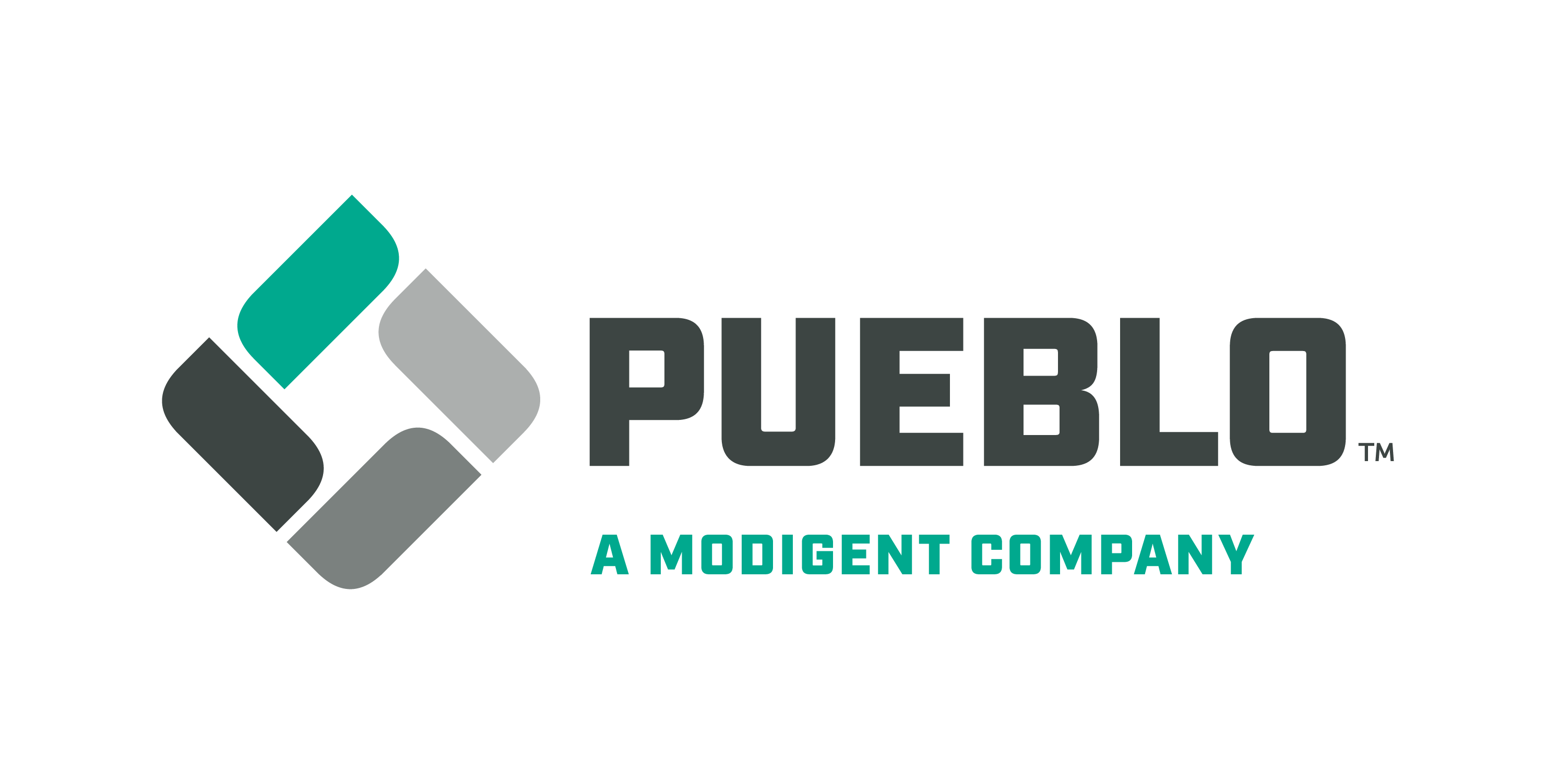By Don Harris –
The importance of preventative maintenance revolves around one vital element – money.
That was the message from Mike Collins, Pueblo Mechanical & Controls, and Mike Fisher, Director of Operation Resources for Littleton Elementary School District, in a breakout session at the AASBO Spring Conference.
It was emphasized that preventative maintenance results in cost savings. School districts that rely solely on reactive maintenance are essentially waiting for a problem to happen and are constantly putting out fires. Among the largest up-front costs during construction are for the equipment. For example, HVAC alone accounts for 18%-22% of the total project. Other costly aspects of construction include the interior and exterior of the building, grading, parking lots, infrastructure supplies, plumbing, electrical equipment and landscaping.
Preventative maintenance is primarily protecting the life of the public’s investment – those all-important tax dollars. Perhaps equally important, by taking care of your district’s investment, you are improving safety conditions. When equipment isn’t working in optimal condition, it creates many hazards for students and staff, plus unsafe working conditions.
The experts’ advice: avoid problems before they become a problem. Treat your preventative maintenance program like it’s an insurance policy. They recalled a famous quote from Benjamin Franklin that applies to preventative maintenance: “An ounce of prevention is worth a pound of cure.”
Make sure your equipment is being checked before it becomes a problem. That means regularly inspecting playground structures, replace belts, clean coils and change filters on HVAC units, and recoat gym floors annually.
AASBO members were given some tips on the use of the Operations Budget versus the Capital Expenditure Budget when it pertains to preventative maintenance. Under the Operational Budget, plan on incorporating and planning your preventative maintenance budgets starting right after the first of the calendar year. That would include such things as day-to-day operations of your building and taking care of minor repairs.
It was recommended that you should seek operational assistance from your vendors, especially if you don’t have the tools to properly maintain your buildings’ equipment.
On the other hand, rely on the Capital Expense Budget for larger, more expensive projects that require Board approval. That would include bond projects, ESSER (Elementary and Secondary School Emergency Relief) funded projects, and School Facilities Board projects. Examples include roof recoating and repairs, HVAC rooftop replacements such as a chiller or cooling tower replacement, new artificial turf for fields and projects can be depreciated over time.
The presenters identified key areas that need preventative maintenance, landscaping, playgrounds, gym floors, door hardware especially for proper latching, HVAC, plumbing and electrical, roof and fire alarm systems.
It was strongly recommended to clean smoke detectors annually, and don’t forget the smoke detectors in the ductwork. The National Fire Protection Association has standards for annual inspections for portable fire extinguishers and for the inspection, testing and maintenance of water-based fire protection systems.
Regarding outdoor areas of preventative maintenance, be sure to inspect all asphalt parking lots and driveways. Check for cracks and asphalt that needs to be sealed. Another outdoor need is weatherization. AASBO members were told to inspect all exterior painted surfaces to make sure moisture does not enter the building.
A final bit of advice from the experts: there are three ways to assess preventative maintenance.
- If your school district has no program, you are living on borrowed time.
- If your school district has a good program, you will keep ahead of potential problems.
- If your school district has a great program, you will extend the life of your investment.
